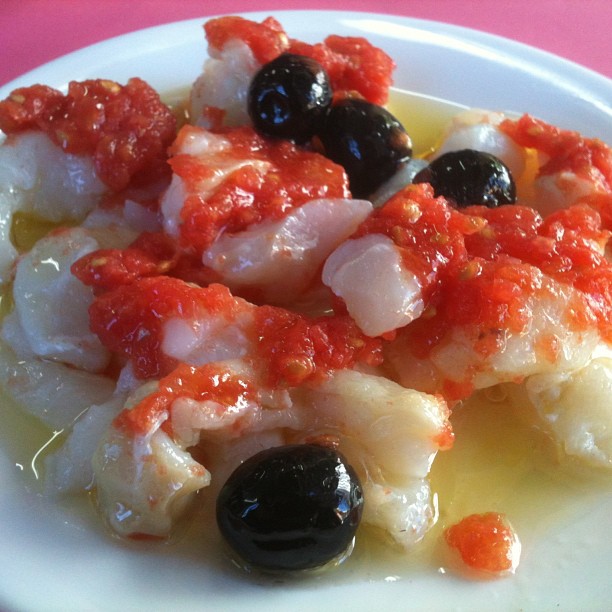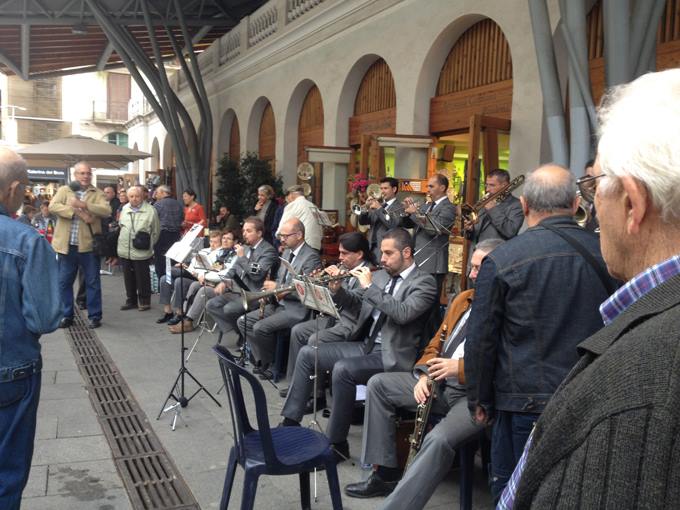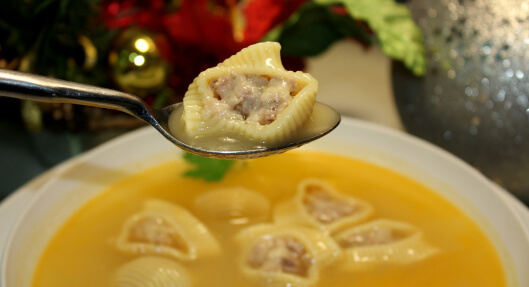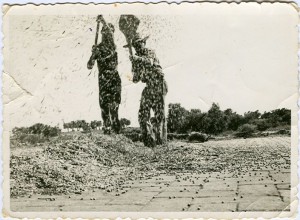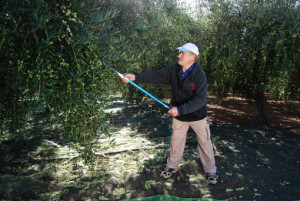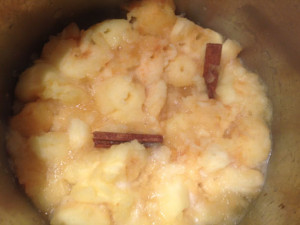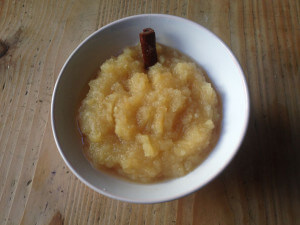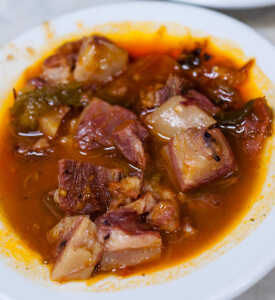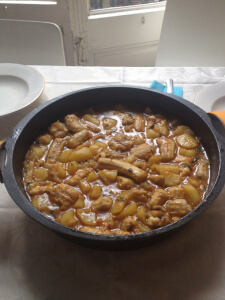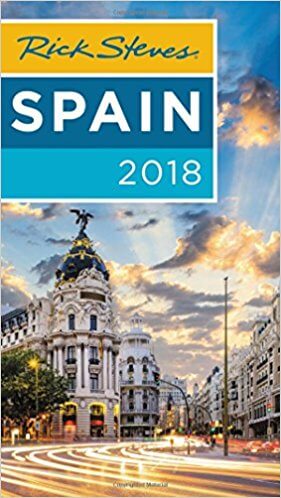Before the common fridge was invented in the 20th century, food couldn’t be properly preserved. Damn it! That’s the reason why, in the middle ages, the Basque people, who were large producers of salt, decided to salt each whole fish before drying it.
Thus, even the poorest people could afford eating good and cheap fish. Nevertheless, it was the Catholic Church who made the Basque market flourish when it established fast days, during which sexual intercourse and meat were banned and one could only eat fish.
That’s why the Basques, thanks to compulsory abstinence, turned into the kings of Cod market.
Esqueixada is a delicious and emblematic Catalan dish with cod as its main ingredient. Cod is first desalted and then flaked roughly between the fingers (this is the origin of its Catalan name: esqueixar). It’s eaten raw, and it’s delicious!
Recipe:
Serves four people (in different quantities according to the tastes of each family).
- 500 gr. of desalted and flaked cod
- 200 gr of tomato branch, peeled, seed and diced
- 200 gr of julienned onion
- 100 gr of diced red pepper
- Black olives from Aragon and olive oil.
Preparation:
Wash the cod and dry thoroughly with a cloth. Leave for an hour in a bowl covered with olive oil. To remove the strong sharp smell of the onion, leave it for fifteen minutes in a bowl with vinegar and salt.
Then, discard all the vinegar left and dress the onion, the tomato and the pepper with the cod oil.
To serve, place first the dressed onion and the pepper, then the tomato, salted and dressed, and finally places the flakes of cod on the top. Garnish the plate with the black olives.
A disfrutar!
